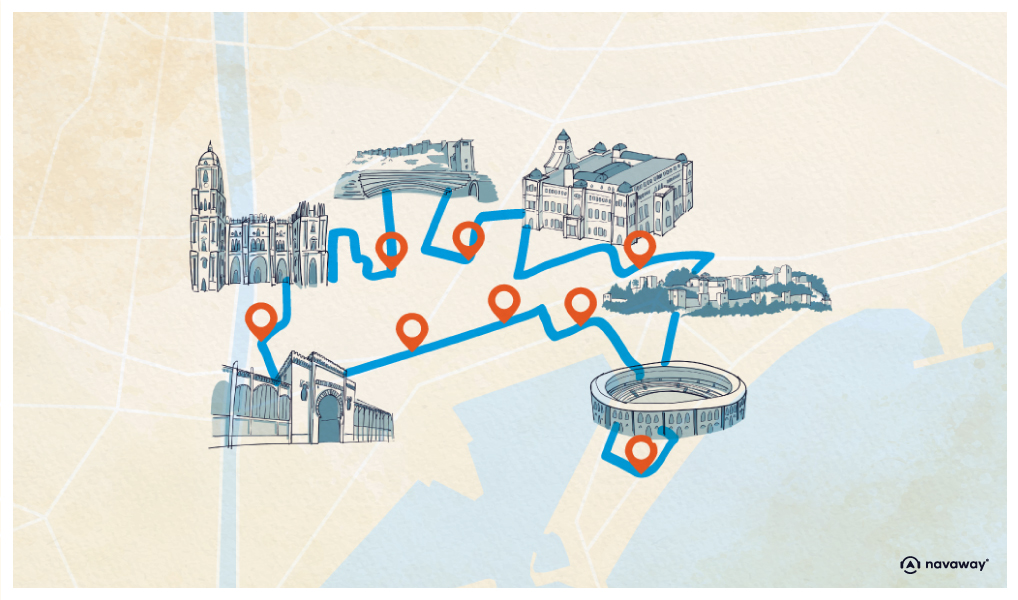
The Cathedral of Santa Maria of the Incarnation
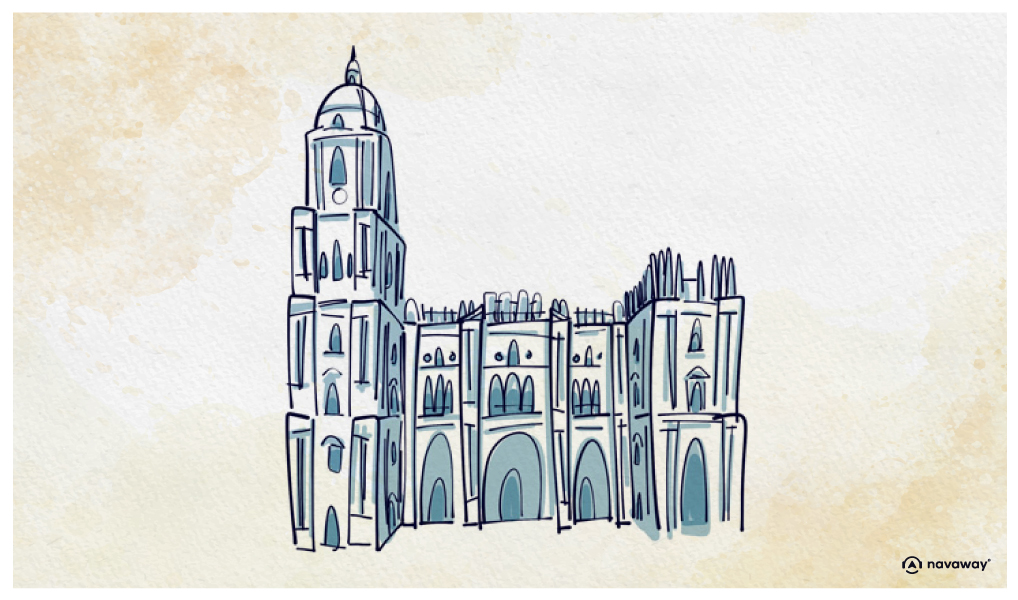
This point of interest is available as audio on the tour: Visit Málaga, The many faces of Andalusia
More than just a place of worship for the people of Málaga, the Cathedral of Santa María de la Encarnación is also a key landmark for finding your way around the city. Built between 1528 and 1782 on the site of a former mosque, it stands today as the tallest cathedral in Andalusia, and one of the most striking examples of Spanish religious architecture. With its soaring silhouette and elegant lines, it blends Baroque, Renaissance and Gothic styles. The ornate entrance is adorned with delicately carved medallions, while inside, visitors are drawn to the finely sculpted choir and the impressive pipe organ, with over 4,000 pipes still used for concerts today. Locals often call it simply “the Cathedral of the Incarnation,” but around here, it’s affectionately known by another name: La Manquita , “the little one-armed lady.” So, why the nickname? Because the cathedral was never fully finished. Construction was halted several times due to a lack of funds, especially during the Napoleonic Wars , and in the end, the main facade and the south tower were never completed. The result is a slightly uneven, unfinished look… but one that gives the cathedral its unique charm. And as is often the case in Andalusia, this little imperfection earned it a nickname that’s both cheeky and affectionate. The diminutive ‘-ita’ in Manquita isn’t about size , the cathedral is anything but small , it’s about fondness. In Andalusian Spanish, diminutives can be used to show affection. It’s as if the people of Málaga were saying, with a smile: “She never got around to finishing her tower, but we love her just the way she is.” A cathedral that may be a little lopsided… but full of personality , and one that holds a special place in the hearts of the people here.


Discover Málaga with app
An interactive guide through the most beautiful streets, squares, and districts
24 fun audioguides full of historical facts, anecdotes, and legends
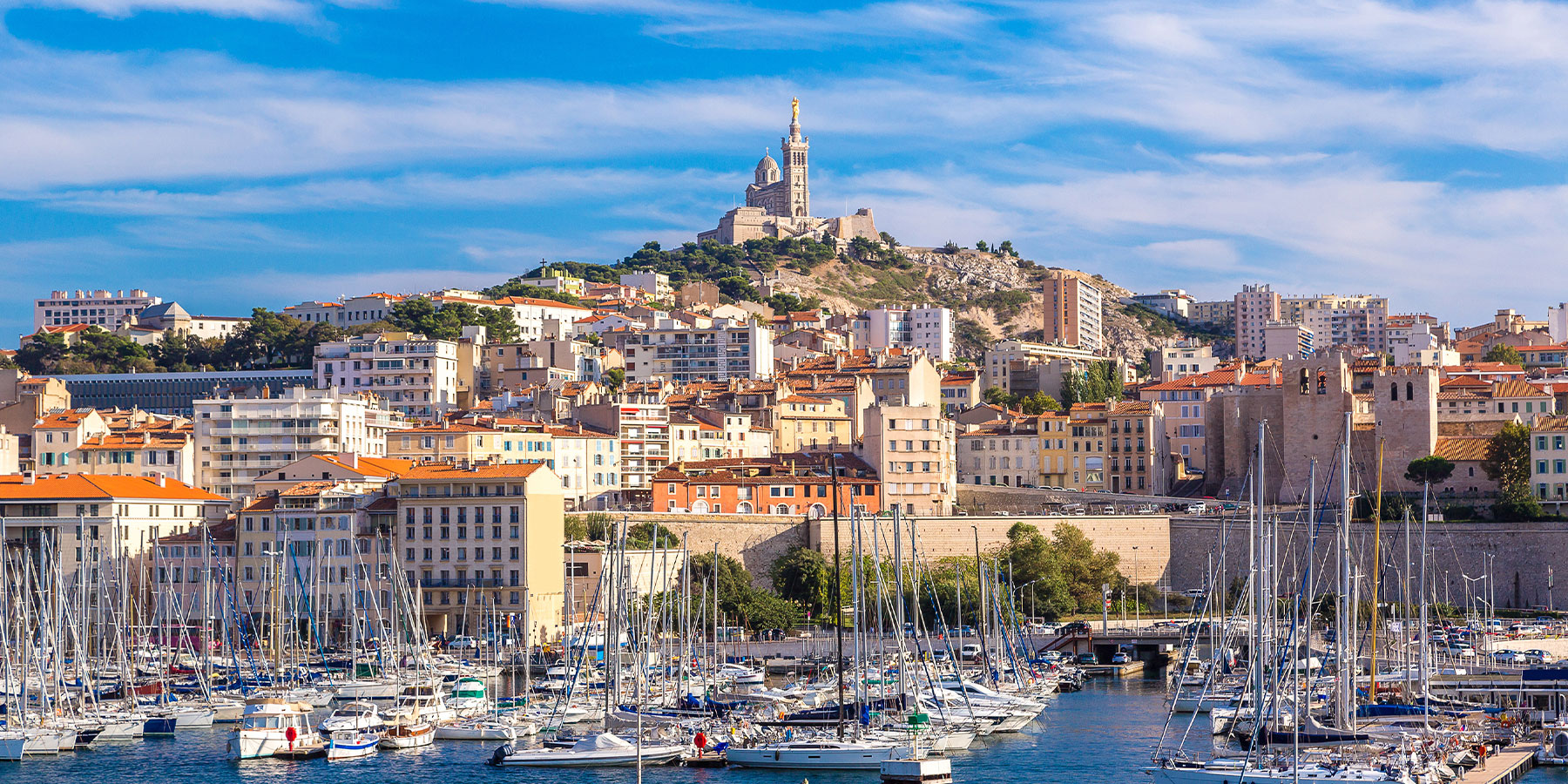
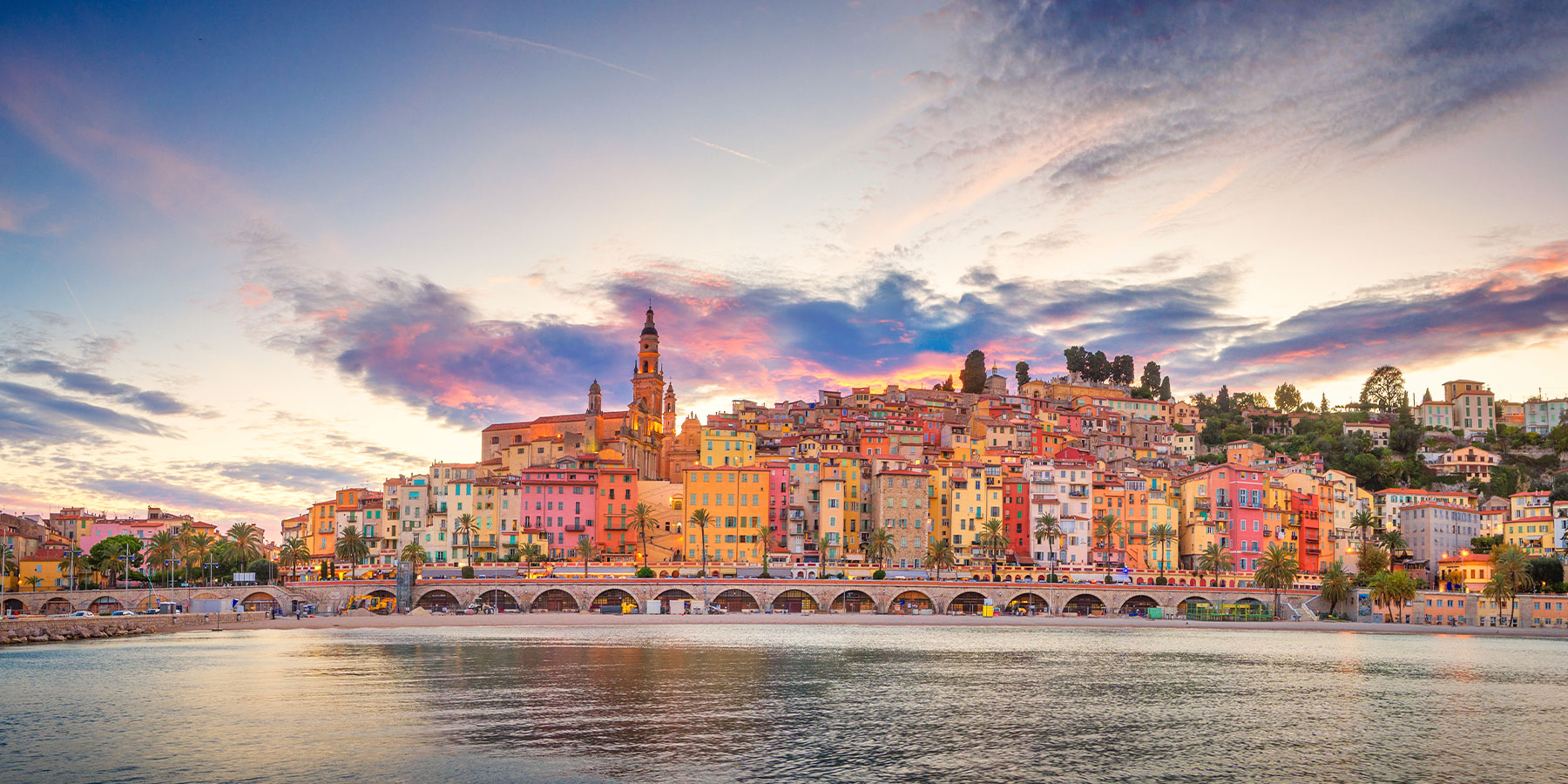
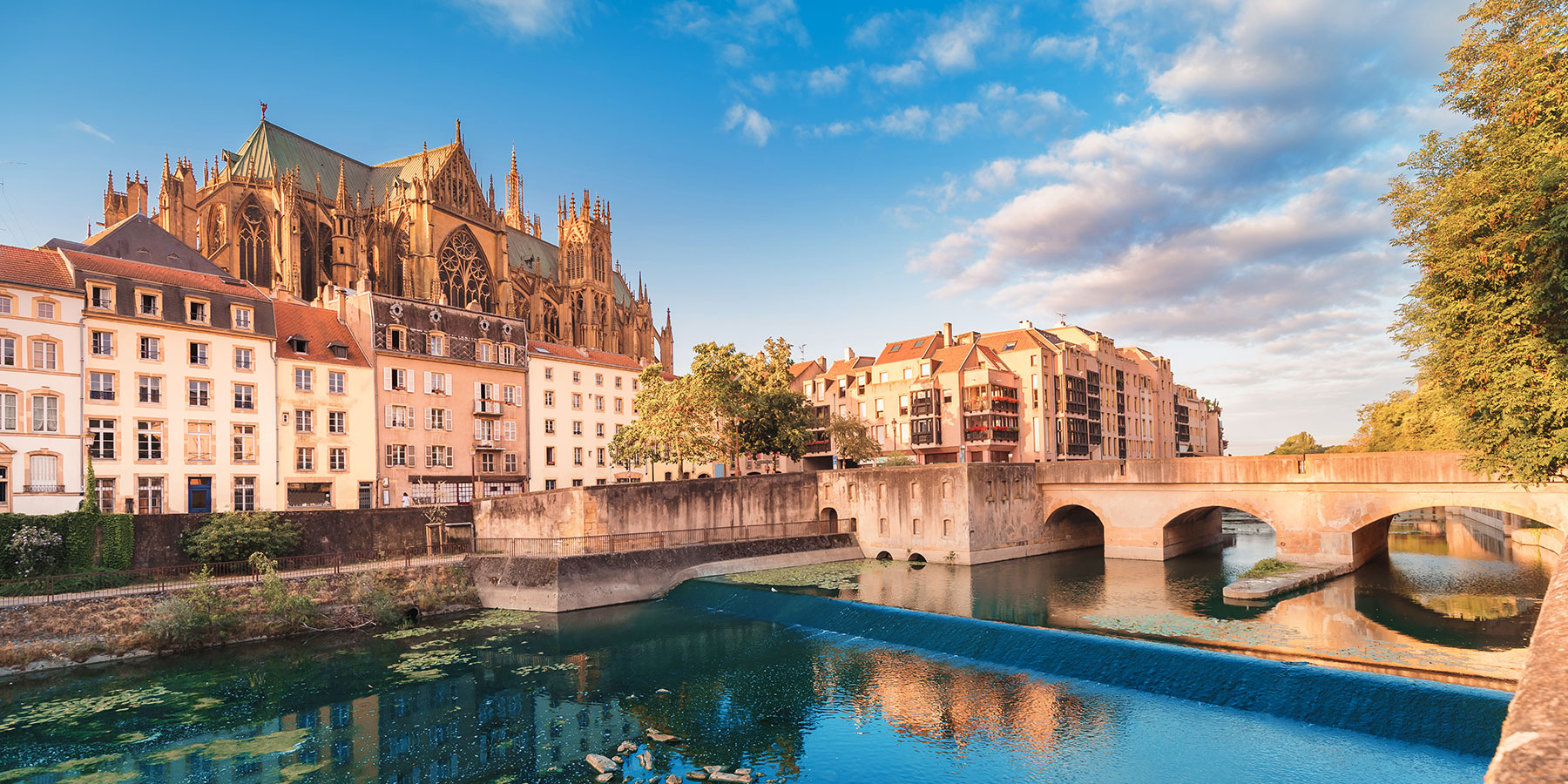
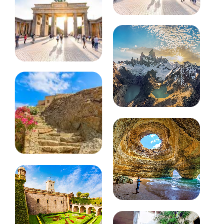

Comments